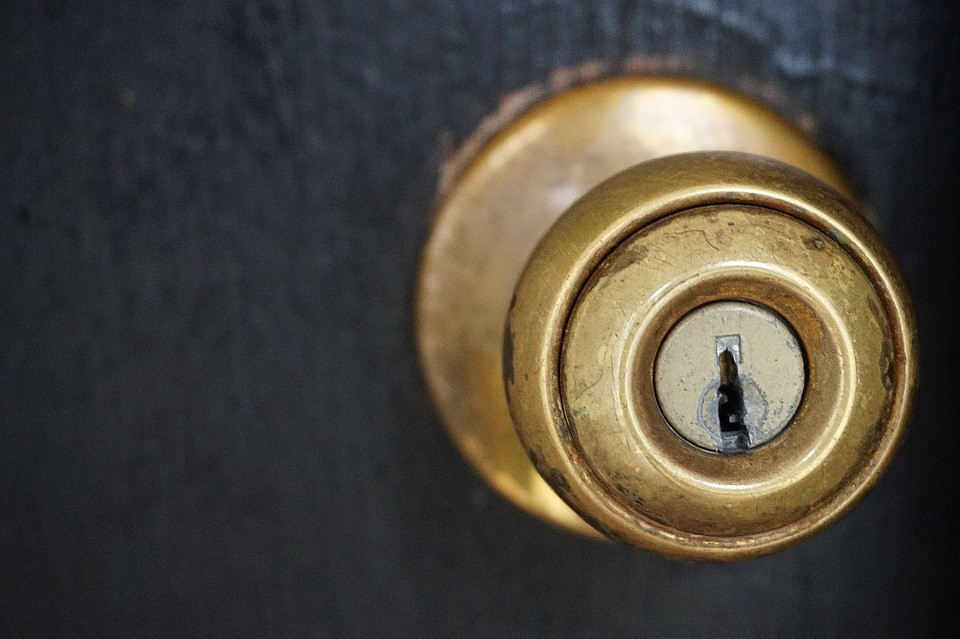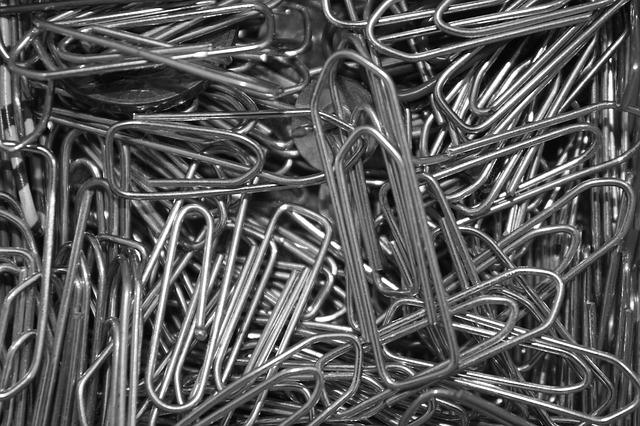Brass is one of the most common types of metal alloys we encounter and interact with. What is brass alloy used for? It’s used in most doorknobs, jewelry, and the like. In fact, it’s almost a guarantee that you will encounter something that has a component made of brass throughout any given day.
Any one interested in getting into metalworking, whether as a career or as a hobby, will definitely need to learn how to work with brass. Mostly made of various quantities of copper, zinc, and alloying agents (aluminum, lead, etc.), brass is often an alloy of choice among industrial manufacturers, commercial manufacturers, and blacksmithing enthusiasts. Given this, trusted brass suppliers, like Rotax Metals, will offer a wide range of brass alloys to choose from.
Some Common Types of Brass Alloys
Brass is a term that encompasses many different types of metal alloys. All types of brass will be made from a base combination of copper and zinc. Similarly, brass alloys are favored in metalworking because of the material’s inherent durability and resistance to corrosion. The amazing thing about brass is that its properties tend to change based on the ratio of copper to zinc and the kinds of alloying agents used. As a result, different combinations are better suited to different uses of brass metal.
Most suppliers will carry the following:
Alloy 260 is one of the most common types of brass used around the world. It is also known as “70/30 brass”, referencing the alloy’s copper to zinc ratio. It’s a popular choice for a wide range of applications because of how ductile it is. This allows the alloy to be easily formed into various shapes without losing any of the toughness brass is known for. Alloy 260’s unique copper to zinc ratio also makes it less susceptible to dezincification, a type of corrosion wherein the zinc content dissolves over time.
Alloy 280, commonly referred to as Muntz Metal, is a brass alloy with a 60 percent to 40 percent copper to zinc ratio, with trace amounts of iron. Named after its inventor, George Muntz, alloy 280 is prized for its strength and “springiness”. These two main properties are the reason why Muntz Metal is often used to manufacture brass springs, electrical socket components, and the like.
Alloy 385 is better known in the community as Architectural Bronze. Despite its name, it is technically a type of brass alloy due to its high zinc content. Alloy 385 is beloved for its machinability and how easy it is to form the alloy into a desired shape. It is often used for architectural purposes (hence its common name), but it’s also a popular choice among artists and sculptors.
Alloy 464 is widely referred to as Naval Brass. As its name implies, Naval Brass is often used when constructing various boats and naval vessels. Alloy 464 is made with a unique combination of 59 percent copper, 40 percent zinc, 1 percent tin, and trace amounts of lead. This ratio yields brass that boasts incredible resistance to saltwater. Although designed for use in seafaring vessels, Naval Brass is also used in a wide range of machinery that is often exposed to moisture.
Where These Alloys are Used
There are many different ways to use the different types of brass alloys. Some of the most common uses of brass include:
Decorative Purposes
Many items that we use to decorate our homes is made of some kind of brass alloy. Antique candle holders are a fantastic example of brass used for decorative purposes. Brass ornaments and sculptures are also a prime example of decorative brass. If you have any trophies or plaques at home, there is a good chance that the portion engraved with your name is made of engraving brass.
Architectural Purposes
The innate durability and corrosion-resistance of brass makes it a popular alloy for architectural purposes. You’ll often see it used in architectural fascias, trims, and hedges. Certain brass alloys have also been used to help restore or refurbish historical buildings throughout the world.
Electrical and Plumbing Systems
Brass is often used as components of two of the most commonly used systems in your home: your plumbing and electrical system. Brass alloys are used in various components of electrical sockets and switches. In terms of plumbing applications, brass is often used in valves and various pipe fittings like elbows, plugs, and couplings.
Mechanical Components
Brass exhibits minimal friction in settings that require metal-on-metal contact, which is why there are often seen in mechanical components. It isn’t unusual to see a machine using brass gears, locomotive axle boxes, marine engines, and more. Brass hand tools (hammers, flat knives, etc.) are also highly prized due to their incredible durability.
Musical Instruments
There’s a reason why there’s a “brass section” in an orchestra. Historically, brass has been used to produce a wide range of musical instruments. Brass is used to manufacture trumpets, french horns, trombones, and tubas worldwide. Electric instruments, such as electric guitars and electric violins, will also feature brass components in its interior.
Purchasing Brass for Your Project
How do you know which type of brass alloy you should use for your next project? The easiest way to pick out the right kind of alloy is to think about how you plan to use it and what the final product will be. You can easily refer to the common types of alloys and their uses to give you a basic idea of what type you should look for. It’s also a good idea to ask your preferred supplier for advice. Simply let them know how you plan to use the brass and they’d be more than happy to suggest which type of brass works best for your project.
When it’s time to purchase brass for your next project, it’s important that you source your brass from trusted suppliers like Rotax Metals. There are specific methods to manufacture brass sheets, brass rods, and brass angles. Shoddy work will have a significant negative impact on the brass you use, which will affect the quality of the final product. Doing business with respected suppliers will assure you of the quality of the brass alloy, giving you peace of mind.




